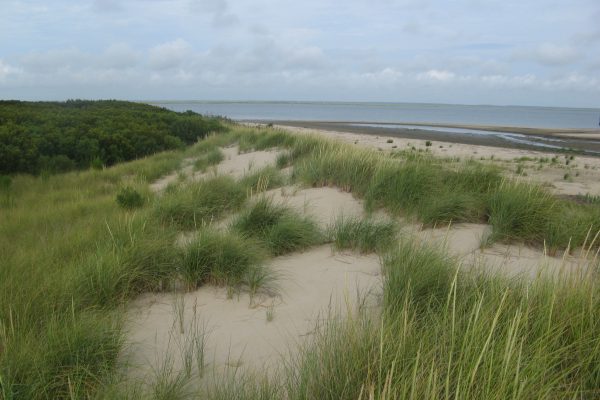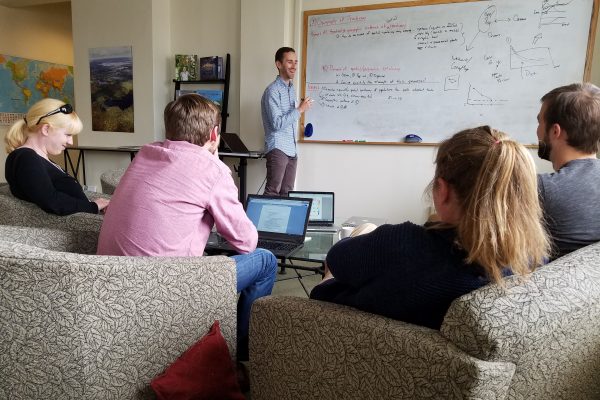Art & Ecology (VCR)
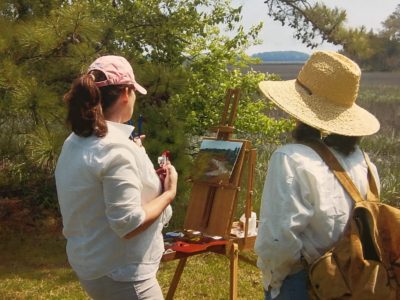
Each year, art and science teachers are invited to Art and Ecology workshops that link Plein Aire landscape painting and observational drawing to salt marsh ecology and climate change impacts on coastal ecosystems. Nearly 30 teachers per year participate in these professional development opportunities, and over half return for a 2nd workshop. Workshops focus on… Read more »

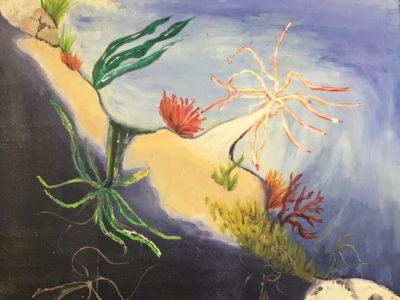

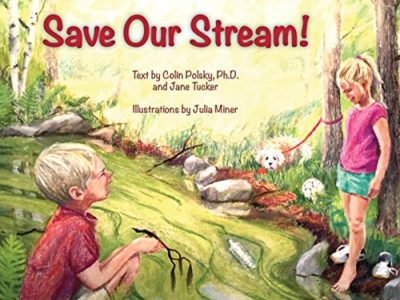

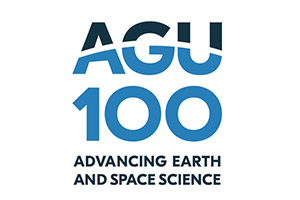
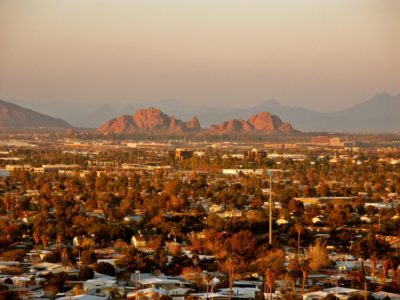
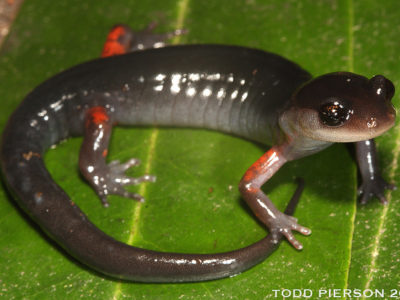
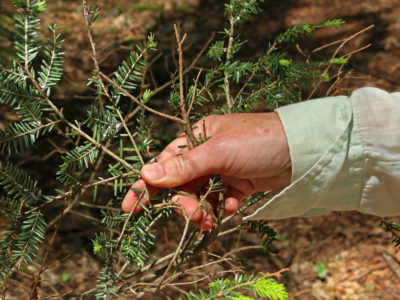
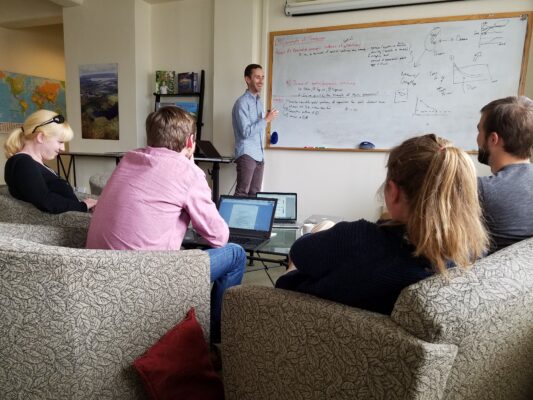

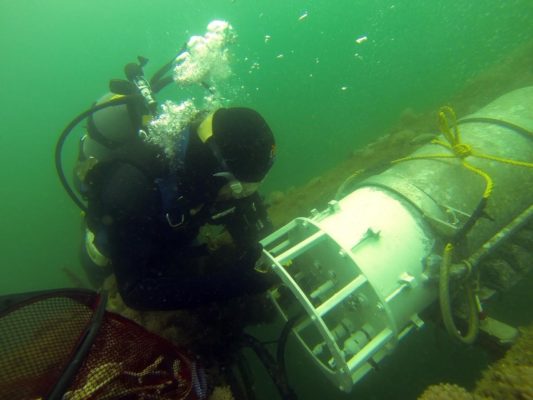
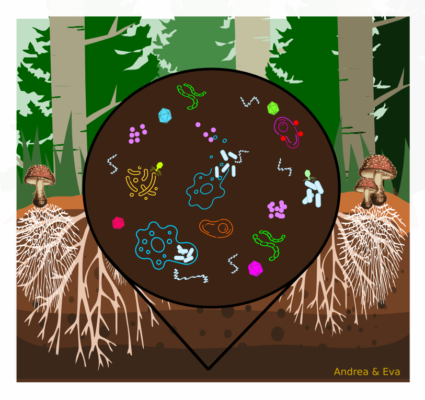
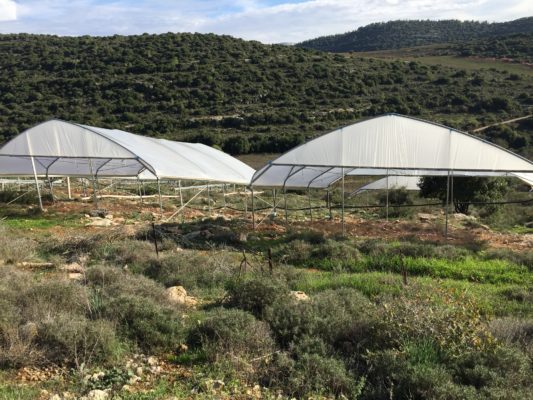 International Drought Experiment" data-envira-gallery-id="site_images_79221" data-envira-index="5" data-envira-item-id="82314" data-envira-src="https://lternet.edu/wp-content/uploads/2020/01/Matta_rainout-533x400.jpeg" data-envira-srcset="https://lternet.edu/wp-content/uploads/2020/01/Matta_rainout-533x400.jpeg 400w, https://lternet.edu/wp-content/uploads/2020/01/Matta_rainout-533x400.jpeg 2x" data-title="Matta_rainout" itemprop="thumbnailUrl" data-no-lazy="1" data-envirabox="site_images_79221" data-automatic-caption="Matta_rainout -
International Drought Experiment" data-envira-gallery-id="site_images_79221" data-envira-index="5" data-envira-item-id="82314" data-envira-src="https://lternet.edu/wp-content/uploads/2020/01/Matta_rainout-533x400.jpeg" data-envira-srcset="https://lternet.edu/wp-content/uploads/2020/01/Matta_rainout-533x400.jpeg 400w, https://lternet.edu/wp-content/uploads/2020/01/Matta_rainout-533x400.jpeg 2x" data-title="Matta_rainout" itemprop="thumbnailUrl" data-no-lazy="1" data-envirabox="site_images_79221" data-automatic-caption="Matta_rainout - 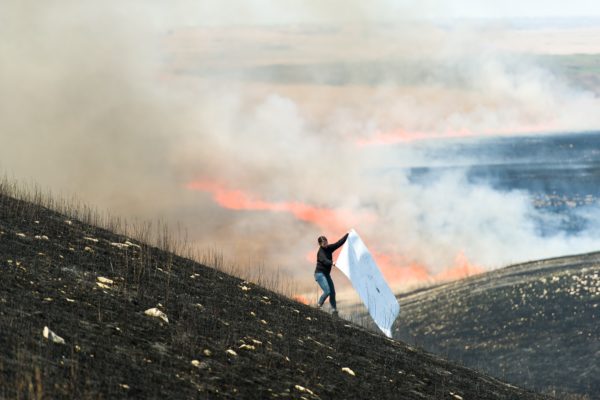
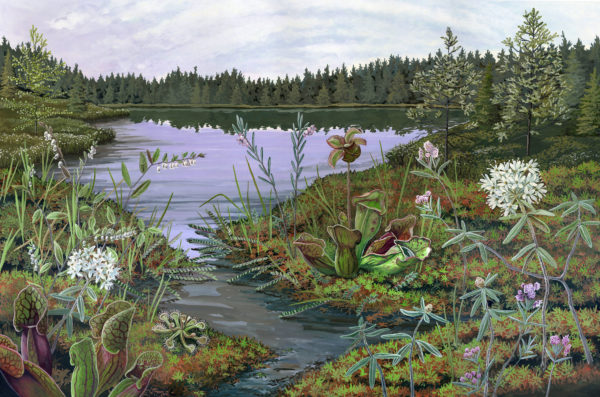

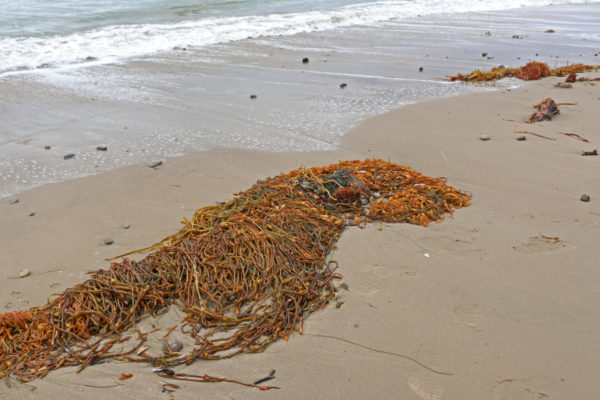 E Zambello/LTER-NCO
E Zambello/LTER-NCO 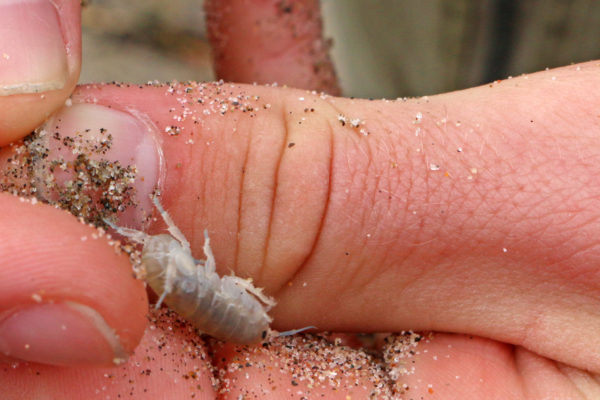 E Zambello/LTER-NCO
E Zambello/LTER-NCO 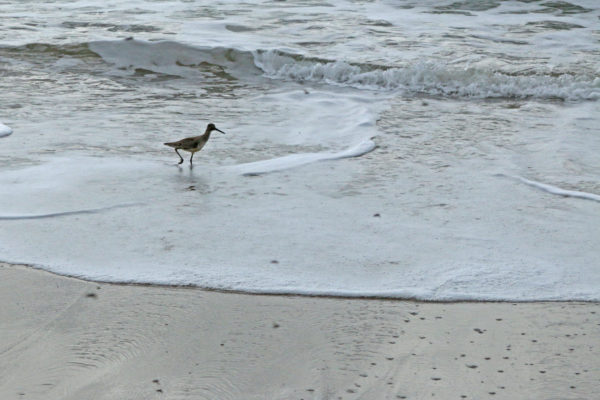 E Zambello/LTER-NCO
E Zambello/LTER-NCO 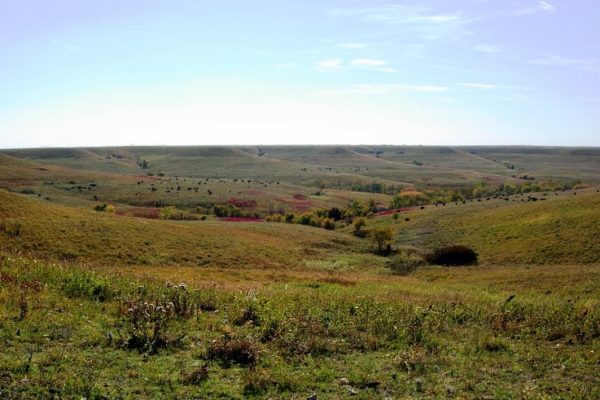
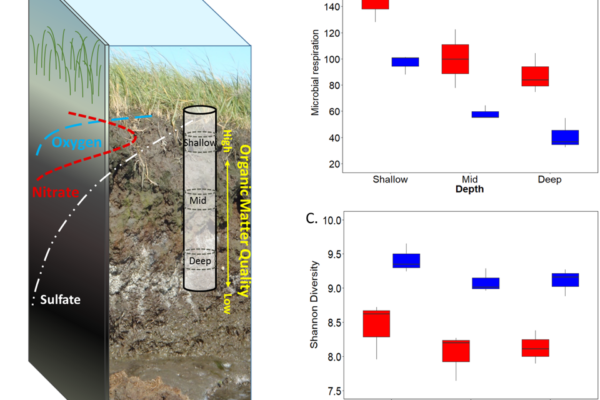
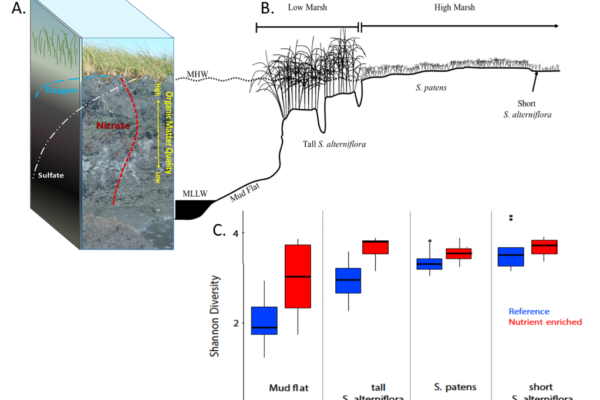
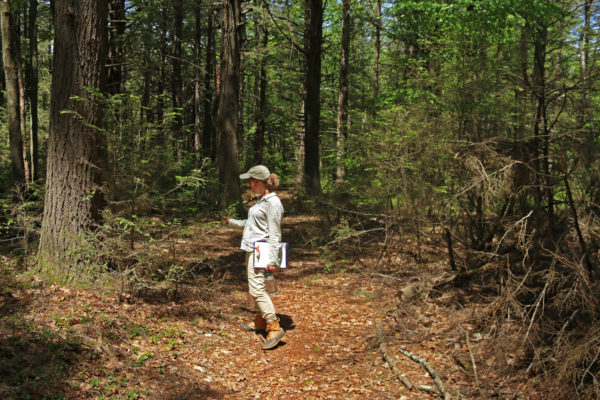
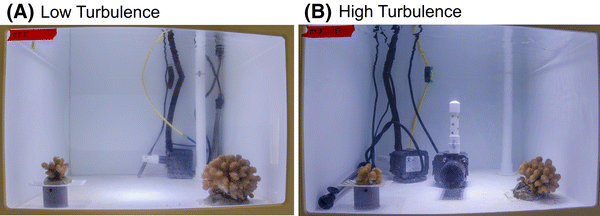
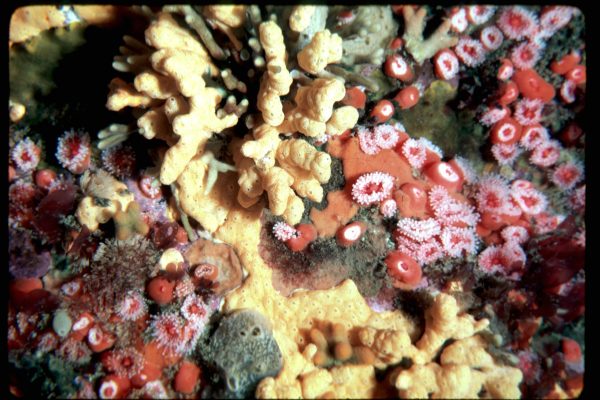
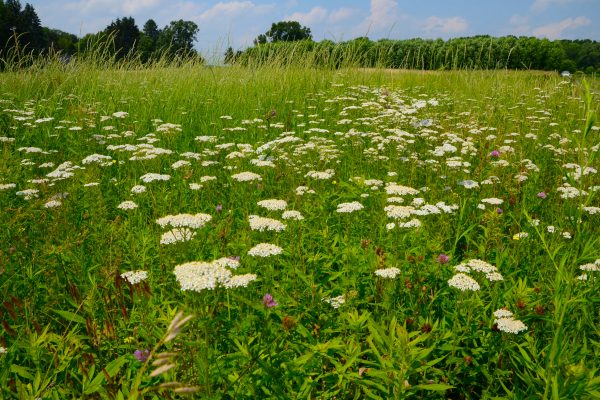
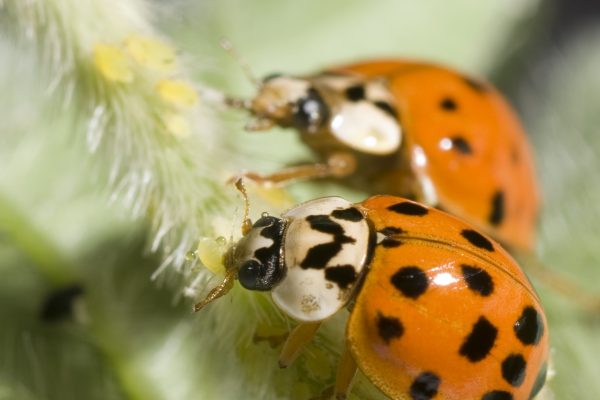
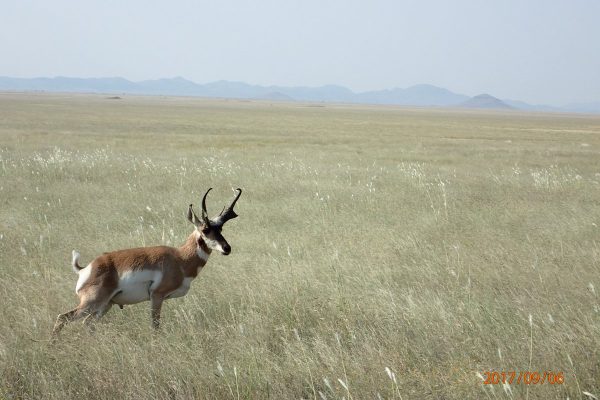
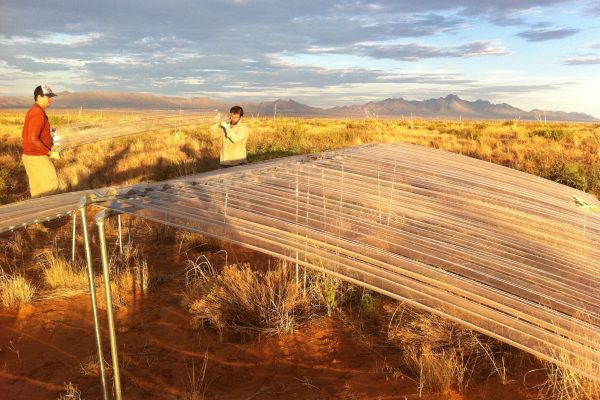
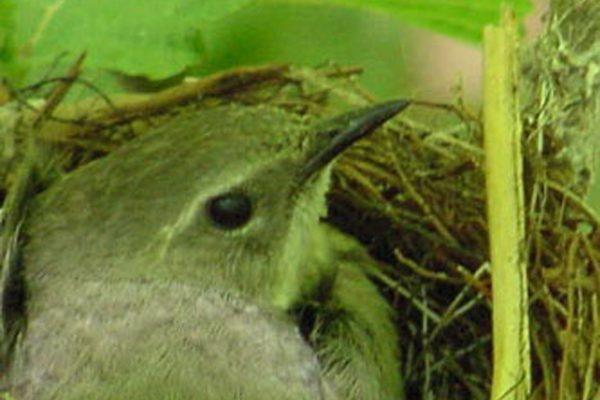
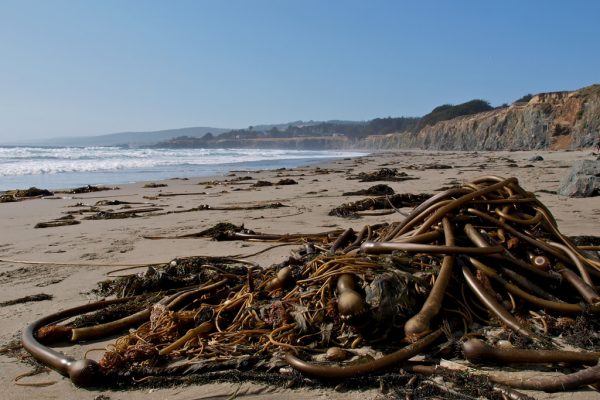 Ingrid Taylar.
Ingrid Taylar. 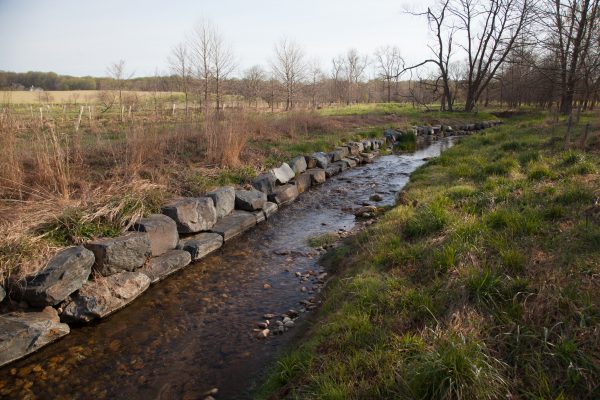 Chesapeake Bay Program. CC BY-NC 2.0." data-envira-gallery-id="site_images_79221" data-envira-index="24" data-envira-item-id="46942" data-envira-src="https://lternet.edu/wp-content/uploads/2017/11/30914015212_906755c25b_k-600x400.jpg" data-envira-srcset="https://lternet.edu/wp-content/uploads/2017/11/30914015212_906755c25b_k-600x400.jpg 400w, https://lternet.edu/wp-content/uploads/2017/11/30914015212_906755c25b_k-600x400.jpg 2x" data-title="30914015212_906755c25b_k" itemprop="thumbnailUrl" data-no-lazy="1" data-envirabox="site_images_79221" data-automatic-caption="30914015212_906755c25b_k - Forest buffer in Baltimore County, MD. Chesapeake Bay Program. CC BY-NC 2.0." data-envira-height="200" data-envira-width="300" />
Chesapeake Bay Program. CC BY-NC 2.0." data-envira-gallery-id="site_images_79221" data-envira-index="24" data-envira-item-id="46942" data-envira-src="https://lternet.edu/wp-content/uploads/2017/11/30914015212_906755c25b_k-600x400.jpg" data-envira-srcset="https://lternet.edu/wp-content/uploads/2017/11/30914015212_906755c25b_k-600x400.jpg 400w, https://lternet.edu/wp-content/uploads/2017/11/30914015212_906755c25b_k-600x400.jpg 2x" data-title="30914015212_906755c25b_k" itemprop="thumbnailUrl" data-no-lazy="1" data-envirabox="site_images_79221" data-automatic-caption="30914015212_906755c25b_k - Forest buffer in Baltimore County, MD. Chesapeake Bay Program. CC BY-NC 2.0." data-envira-height="200" data-envira-width="300" />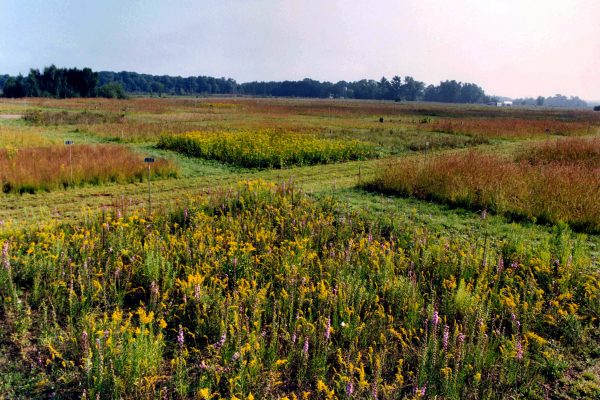
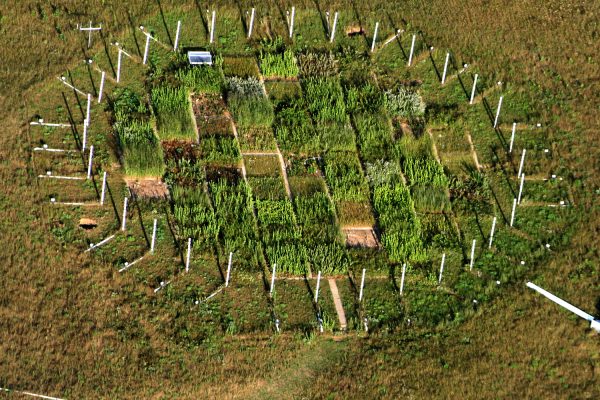
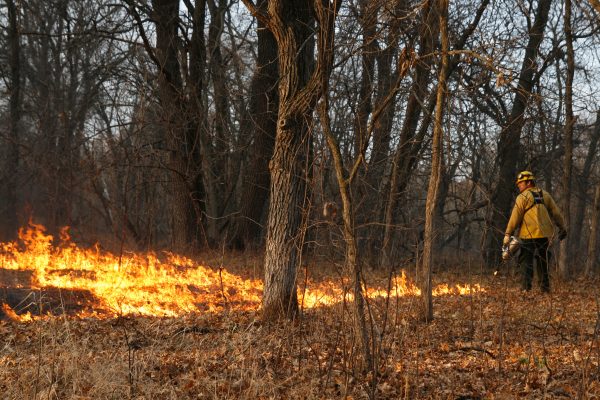
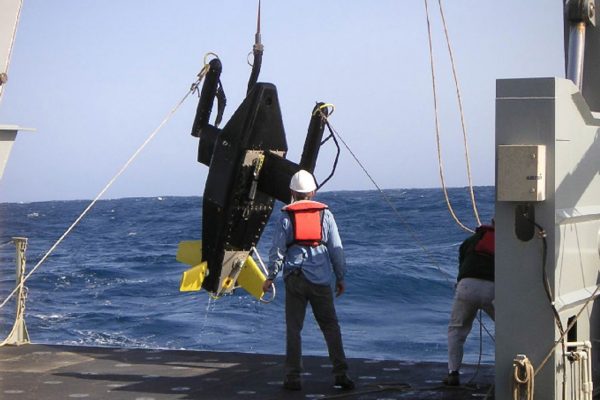

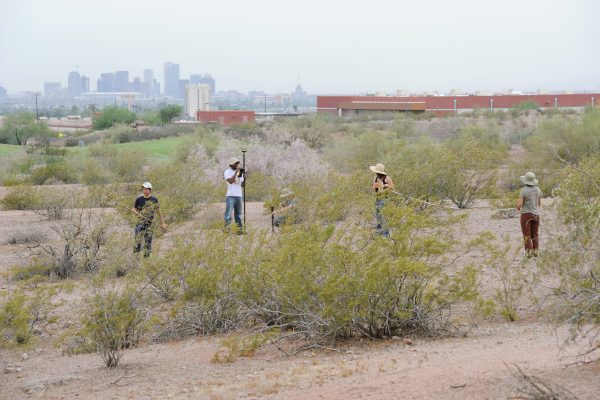
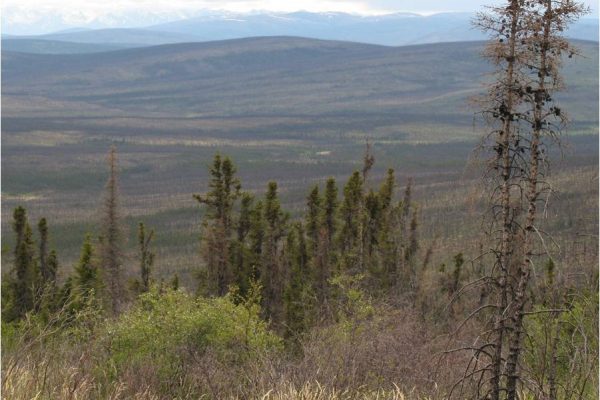
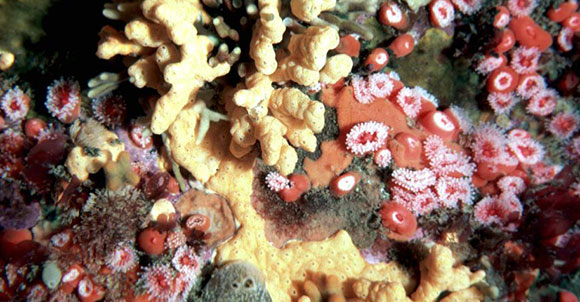
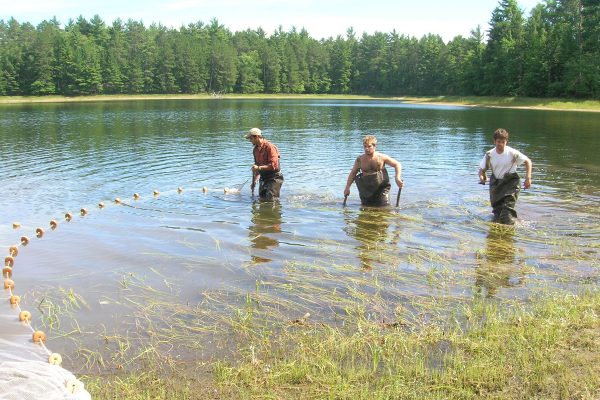
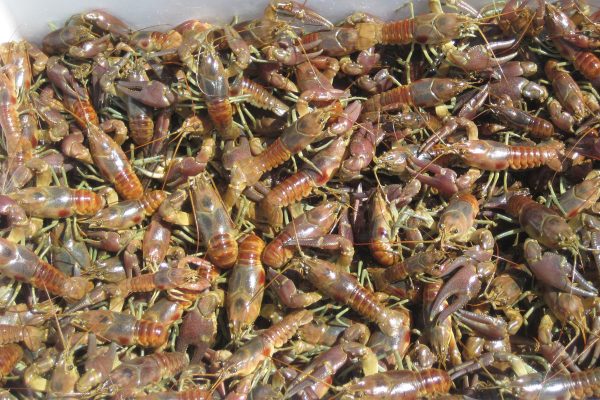
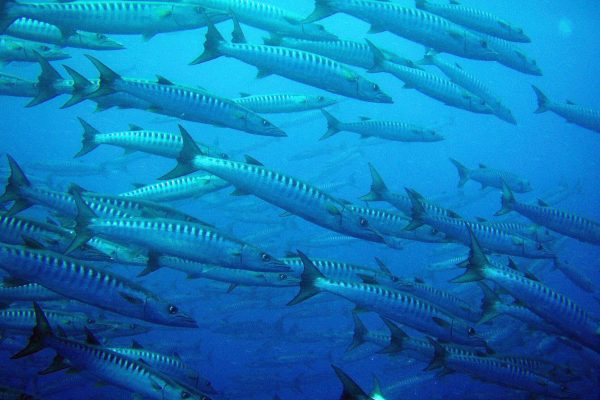
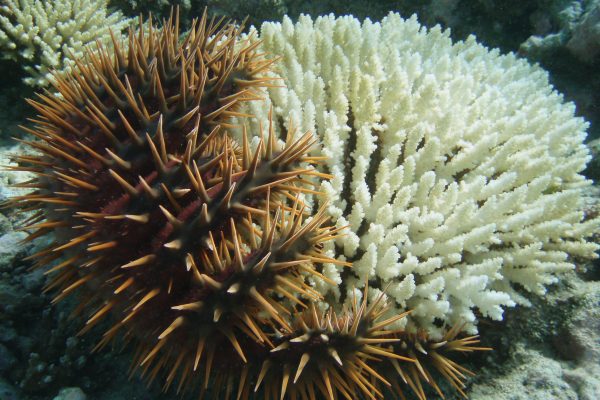 CC BY-SA 4.0" data-envira-gallery-id="site_images_79221" data-envira-index="36" data-envira-item-id="46180" data-envira-src="https://lternet.edu/wp-content/uploads/2017/11/P7193263-copy-600x400.jpg" data-envira-srcset="https://lternet.edu/wp-content/uploads/2017/11/P7193263-copy-600x400.jpg 400w, https://lternet.edu/wp-content/uploads/2017/11/P7193263-copy-600x400.jpg 2x" data-title="Crown-of-thorns Sea Star" itemprop="thumbnailUrl" data-no-lazy="1" data-envirabox="site_images_79221" data-automatic-caption="Crown-of-thorns Sea Star -
CC BY-SA 4.0" data-envira-gallery-id="site_images_79221" data-envira-index="36" data-envira-item-id="46180" data-envira-src="https://lternet.edu/wp-content/uploads/2017/11/P7193263-copy-600x400.jpg" data-envira-srcset="https://lternet.edu/wp-content/uploads/2017/11/P7193263-copy-600x400.jpg 400w, https://lternet.edu/wp-content/uploads/2017/11/P7193263-copy-600x400.jpg 2x" data-title="Crown-of-thorns Sea Star" itemprop="thumbnailUrl" data-no-lazy="1" data-envirabox="site_images_79221" data-automatic-caption="Crown-of-thorns Sea Star - 